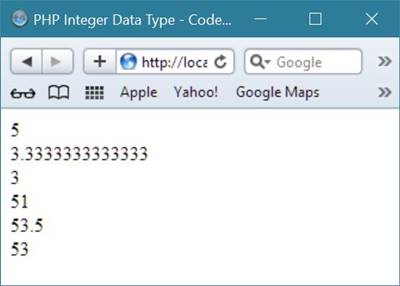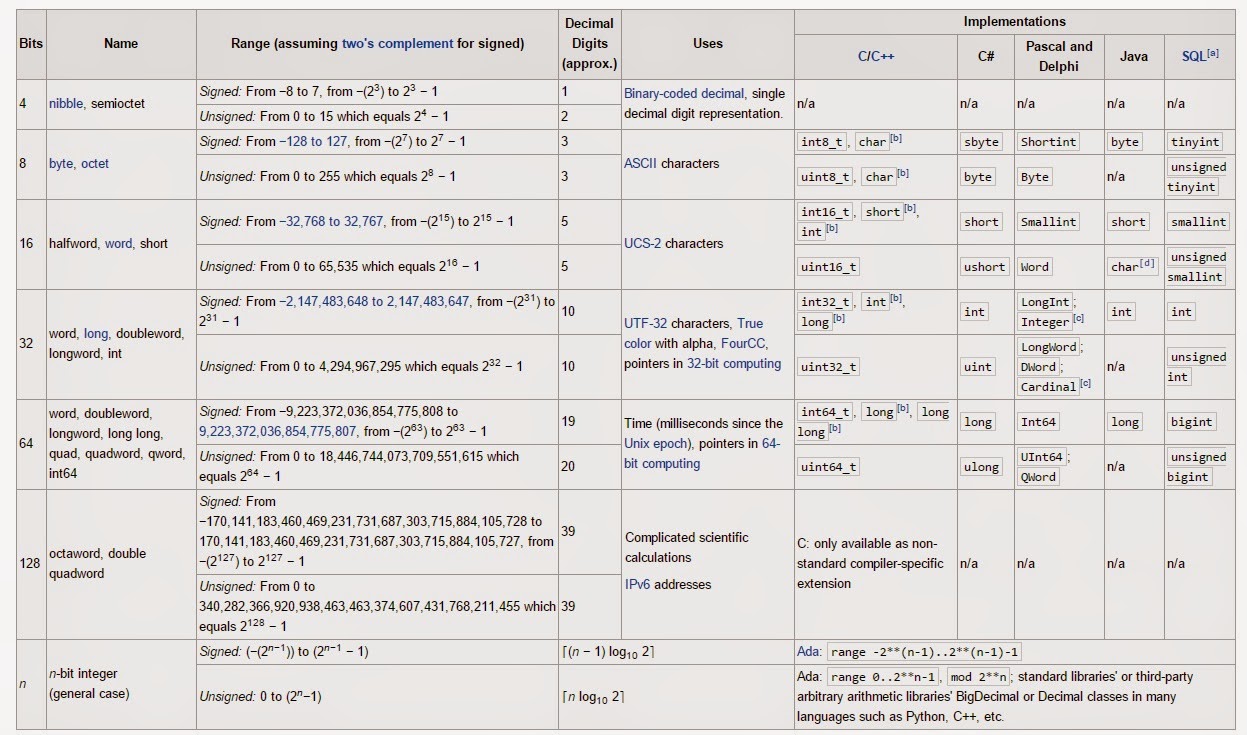

You can list up to 64 values in a SET listĪ bit-value type. The values are sorted in the order you enter themĪ string object that can have 0 or more values, chosen from a list of If a value is inserted that is not in the list, a blank value will be inserted. You can list up to 65535 values in an ENUM list. Holds up to 4,294,967,295 bytes of dataĪ string object that can have only one value, chosen from a list of possible values. Holds a string with a maximum length of 4,294,967,295 charactersįor BLOBs (Binary Large Objects).

Holds a string with a maximum length of 16,777,215 charactersįor BLOBs (Binary Large Objects). Holds a string with a maximum length of 65,535 bytesįor BLOBs (Binary Large Objects). Holds a string with a maximum length of 255 characters Parameter specifies the maximum column length in bytes.įor BLOBs (Binary Large Objects).

Default is 1Įqual to VARCHAR(), but stores binary byte strings. Parameter specifies the column length in bytes. Length in characters - can be from 0 to 65535Įqual to CHAR(), but stores binary byte strings. The size parameter specifies the maximum column Size parameter specifies the column length in characters - can beĪ VARIABLE length string (can contain letters, numbers, and specialĬharacters).
INTEGER FAQT TYPE HOW TO
Now you know what a GraphQL object type looks like, and how to read the basics of the GraphQL type language.String Functions: ASCII CHAR_LENGTH CHARACTER_LENGTH CONCAT CONCAT_WS FIELD FIND_IN_SET FORMAT INSERT INSTR LCASE LEFT LENGTH LOCATE LOWER LPAD LTRIM MID POSITION REPEAT REPLACE REVERSE RIGHT RPAD RTRIM SPACE STRCMP SUBSTR SUBSTRING SUBSTRING_INDEX TRIM UCASE UPPER Numeric Functions: ABS ACOS ASIN ATAN ATAN2 AVG CEIL CEILING COS COT COUNT DEGREES DIV EXP FLOOR GREATEST LEAST LN LOG LOG10 LOG2 MAX MIN MOD PI POW POWER RADIANS RAND ROUND SIGN SIN SQRT SUM TAN TRUNCATE Date Functions: ADDDATE ADDTIME CURDATE CURRENT_DATE CURRENT_TIME CURRENT_TIMESTAMP CURTIME DATE DATEDIFF DATE_ADD DATE_FORMAT DATE_SUB DAY DAYNAME DAYOFMONTH DAYOFWEEK DAYOFYEAR EXTRACT FROM_DAYS HOUR LAST_DAY LOCALTIME LOCALTIMESTAMP MAKEDATE MAKETIME MICROSECOND MINUTE MONTH MONTHNAME NOW PERIOD_ADD PERIOD_DIFF QUARTER SECOND SEC_TO_TIME STR_TO_DATE SUBDATE SUBTIME SYSDATE TIME TIME_FORMAT TIME_TO_SEC TIMEDIFF TIMESTAMP TO_DAYS WEEK WEEKDAY WEEKOFYEAR YEAR YEARWEEK Advanced Functions: BIN BINARY CASE CAST COALESCE CONNECTION_ID CONV CONVERT CURRENT_USER DATABASE IF IFNULL ISNULL LAST_INSERT_ID NULLIF SESSION_USER SYSTEM_USER USER VERSION SQL Server FunctionsĪ FIXED length string (can contain letters, numbers, and special characters). And since Episode! is also non-nullable, you can always expect every item of the array to be an Episode object. Since it is also non-nullable, you can always expect an array (with zero or more items) when you query the appearsIn field. ! represents an array of Episode objects.In the type language, we'll represent those with an exclamation mark. String! means that the field is non-nullable, meaning that the GraphQL service promises to always give you a value when you query this field.String is one of the built-in scalar types - these are types that resolve to a single scalar object, and can't have sub-selections in the query.That means that name and appearsIn are the only fields that can appear in any part of a GraphQL query that operates on the Character type. name and appearsIn are fields on the Character type.Most of the types in your schema will be object types. Character is a GraphQL Object Type, meaning it's a type with some fields.The language is pretty readable, but let's go over it so that we can have a shared vocabulary: In the GraphQL schema language, we might represent it like this: The most basic components of a GraphQL schema are object types, which just represent a kind of object you can fetch from your service, and what fields it has. We'll use the "GraphQL schema language" - it's similar to the query language, and allows us to talk about GraphQL schemas in a language-agnostic way. Since we can't rely on a specific programming language syntax, like JavaScript, to talk about GraphQL schemas, we'll define our own simple language. GraphQL services can be written in any language. Then, when queries come in, they are validated and executed against that schema. But it's useful to have an exact description of the data we can ask for - what fields can we select? What kinds of objects might they return? What fields are available on those sub-objects? That's where the schema comes in.Įvery GraphQL service defines a set of types which completely describe the set of possible data you can query on that service. For the object returned by hero, we select the name and appearsIn fieldsīecause the shape of a GraphQL query closely matches the result, you can predict what the query will return without knowing that much about the server.


 0 kommentar(er)
0 kommentar(er)
